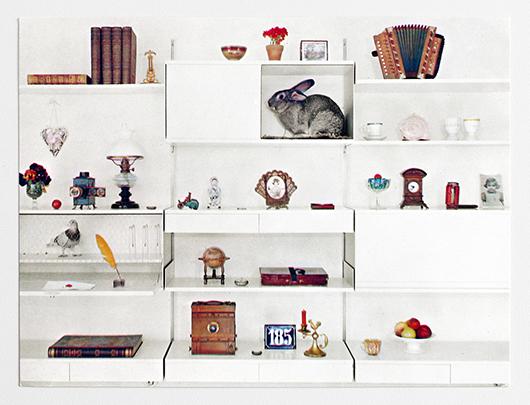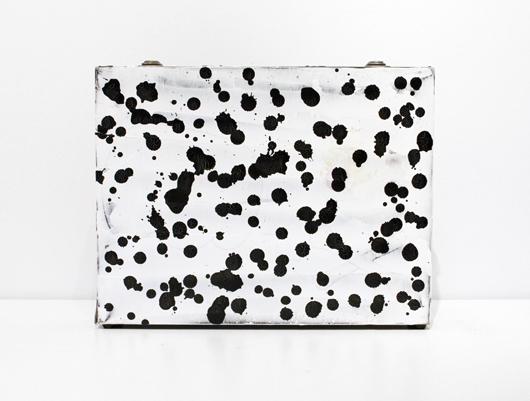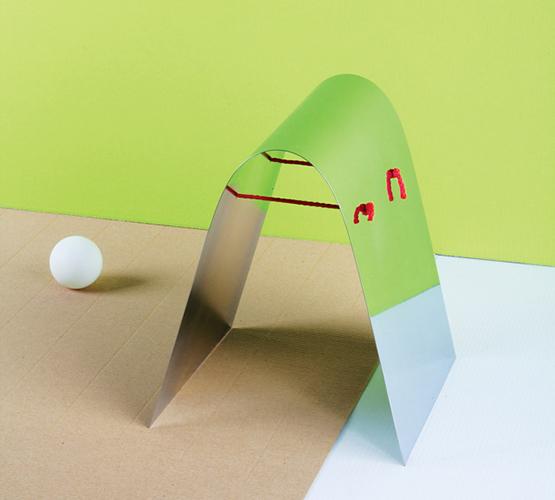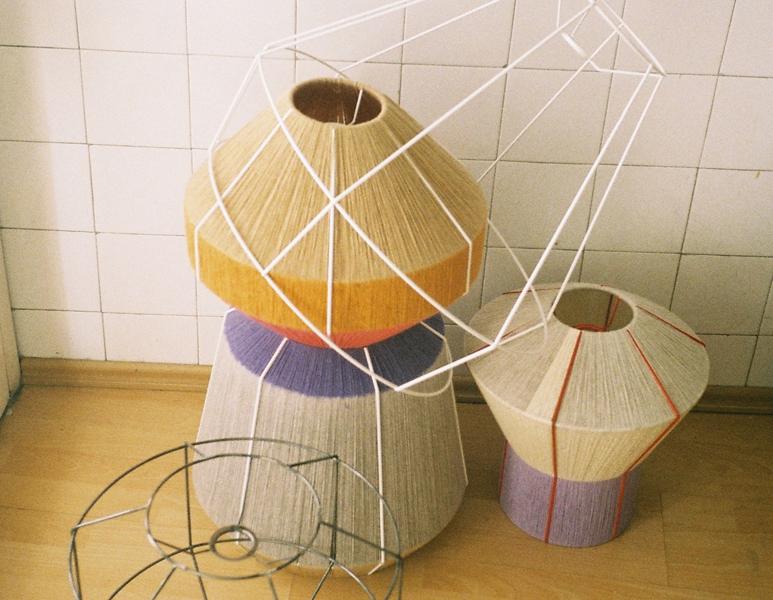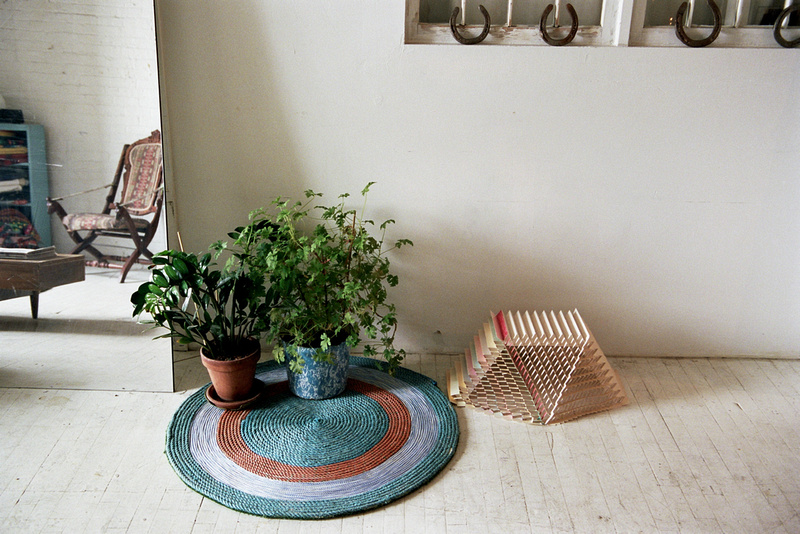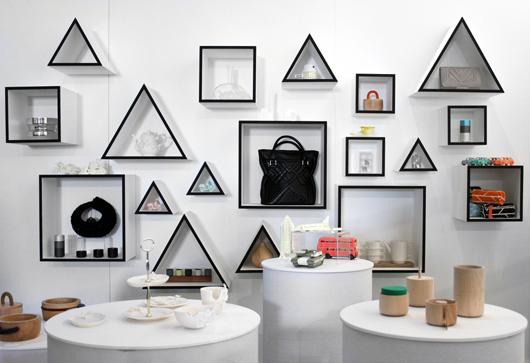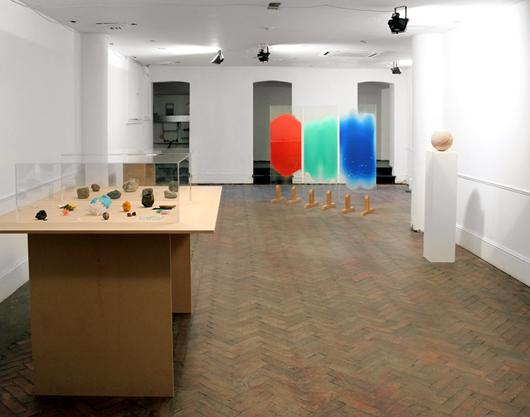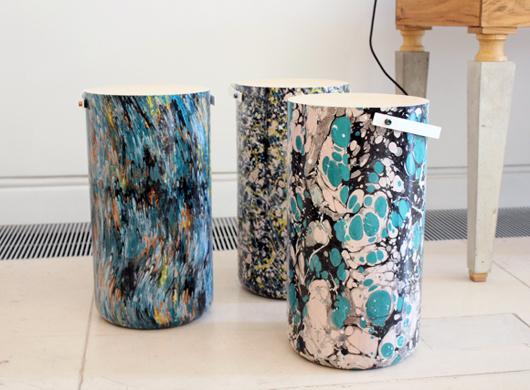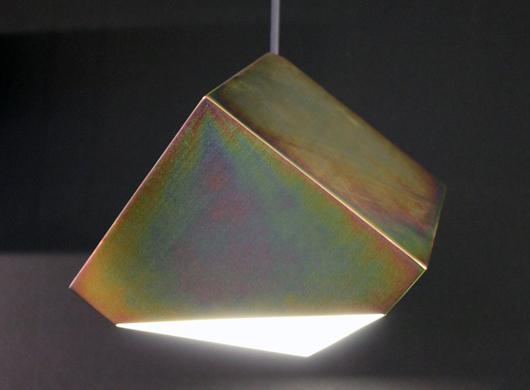
10.11.12
Sighted
Kiosk’s Obama 2012 Souvenirs
In 1960, there was a noisemaker that said “Click with Dick,” endorsing Richard Nixon for President. In 1964, a canned novelty beverage promoted Barry Goldwater's candidacy (“Gold Water: The Right Drink for the Conservative Taste”). But these days, with Shepard Fairey’s once-inescapable "Hope" poster on the wane, you’d be hard-pressed to find an election souvenir of note beyond the usual bumper stickers, commemorative mugs, and buttons. Enter Kiosk, New York’s go-to retailer for quirky housewares and objects from around the world. This week, Kiosk owners Alisa Grifo and Marco ter haar Romeny released a collection of five pro-Obama souvenirs, which sport cheekily retrograde slogans and riff on American-made objects the shop already had in stock.
